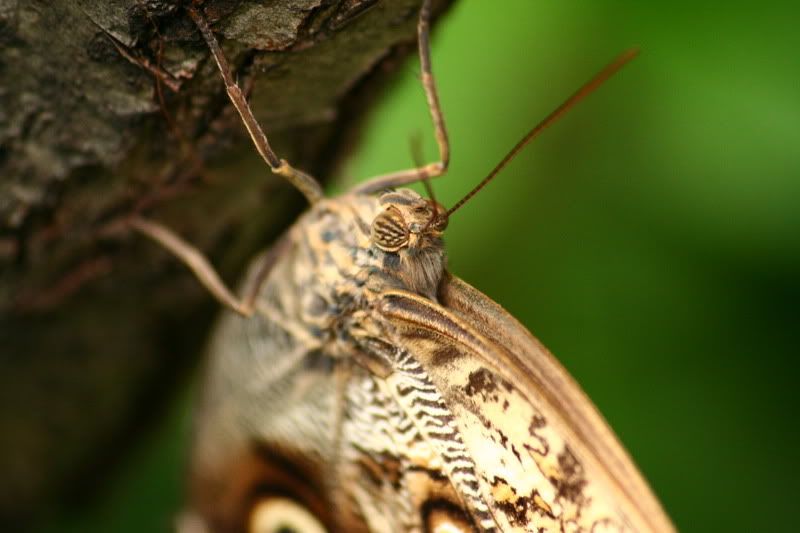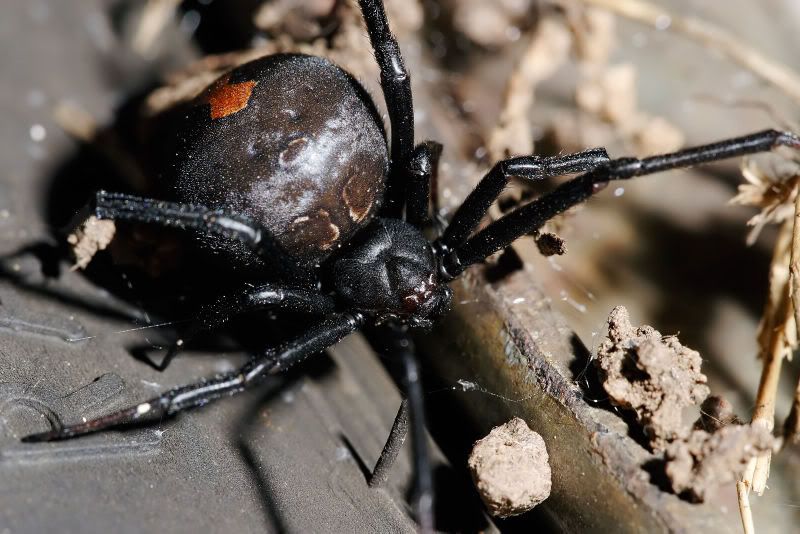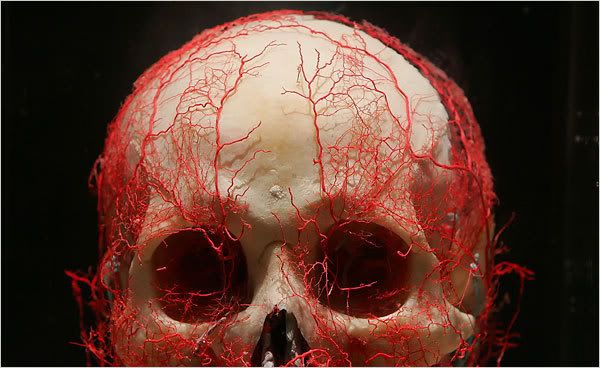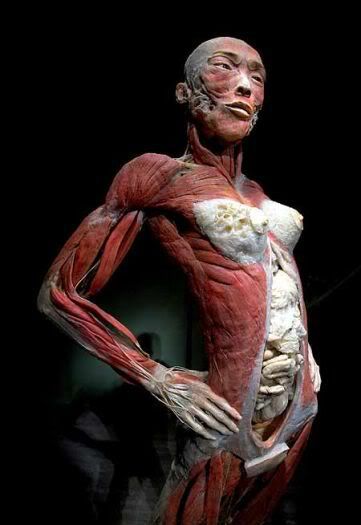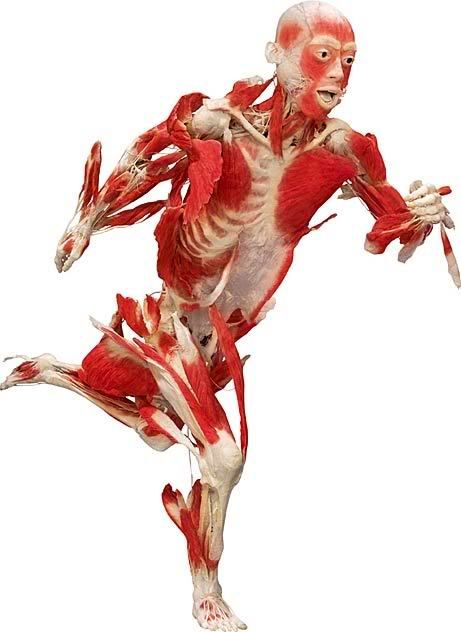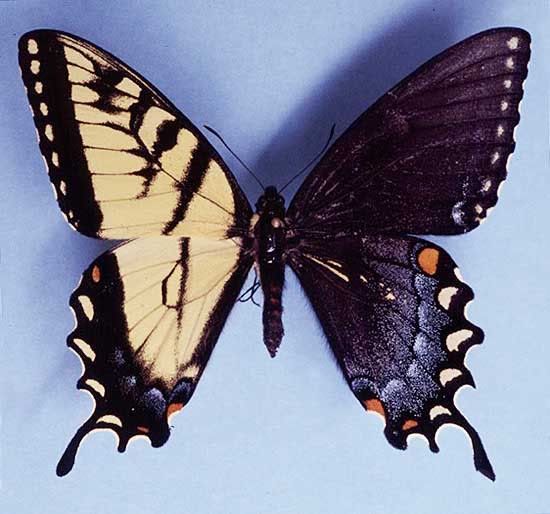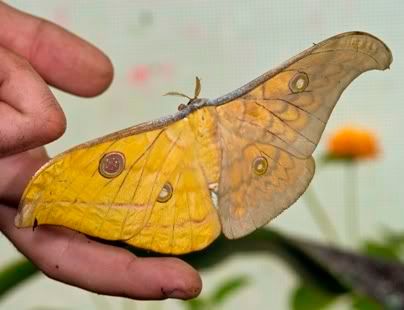Image revised from http://www.sciencedaily.com/releases/2007/07/070725152040.htm
I'm a horror litterature nerd. During my pre-teen summer holidays - when all my friends were out in the sun - I was at the library searching for anything spooky, written down by masters such as E. A. Poe, M. R. James, W. H. Hodgson ect. The only thing that kept me from discovering the macabre world of horror movies were infact my dear mother. She doesn't think highly of "evil flattering" so whenever I pointed my finger towards Tales from the crypt, Salems lot, or Evil dead when we were in a video store she wrinkled her nose and promptly said no.
Of course, later on I was able to get the movies myself. By the age of 12, I had a friend who kindly enough invited me over now and then for late nights with popcorn and Braindead. So early on I was accustomed to bloody flicks and gore galore.
Therefore, the findings of a gene that is linked to “
why horror films make some people scream in terror while others may simply laugh” is hard to apply on people with the same horror background as me. The gene is involved in
dopamine regulation, and the carriers of this variation generally response more dramatically to unpleasant images, due to the regulation affecting the startle reflex. It is completely new in evolution (
which means that no other primate has it) and could be of some advantage. I would guess that being a stone age
Homo sapiens, it would be better to be scared and run away than to stay and wrestle a sable toothed kittie.
If you're wondering about my title, it's from one of
The storyteller episodes -
Fearnot! I was obsessed with that tv-show when I were a kid. I have to buy that DVD-box soon...
Source:
http://blogs.nature.com/news/thegreatbeyond/2008/08/scaredycat_gene_will_make_you.html
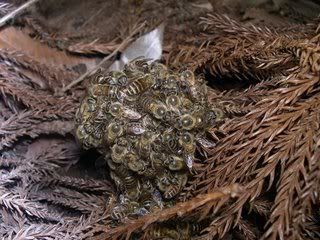 Image revised from http://sequentialscribbles.blogspot.com/2008/01/and-you-thought-wasps-were-bastards.html
Image revised from http://sequentialscribbles.blogspot.com/2008/01/and-you-thought-wasps-were-bastards.html